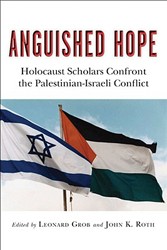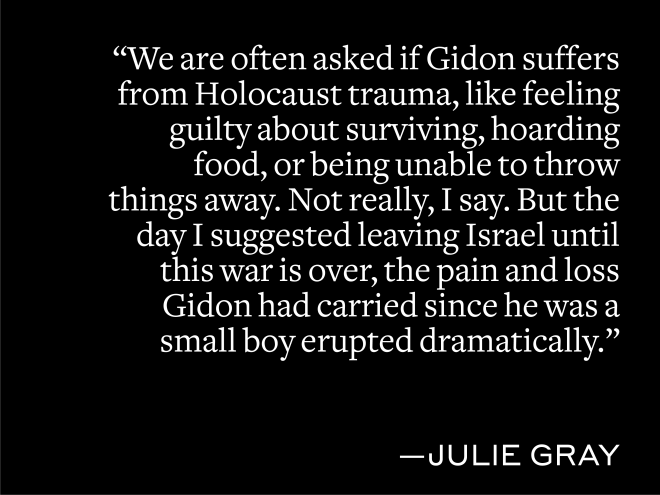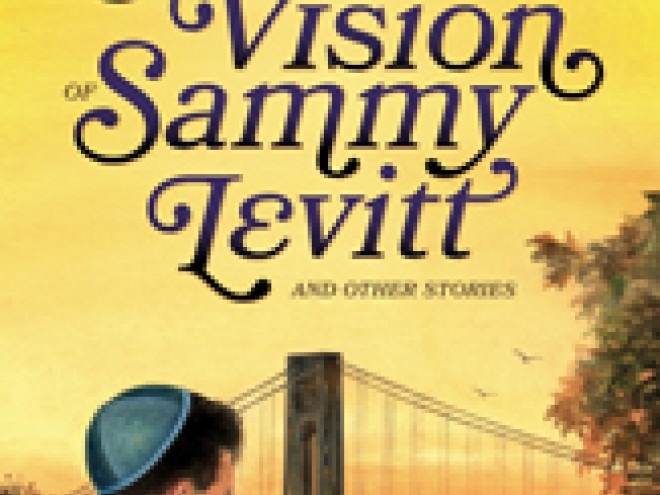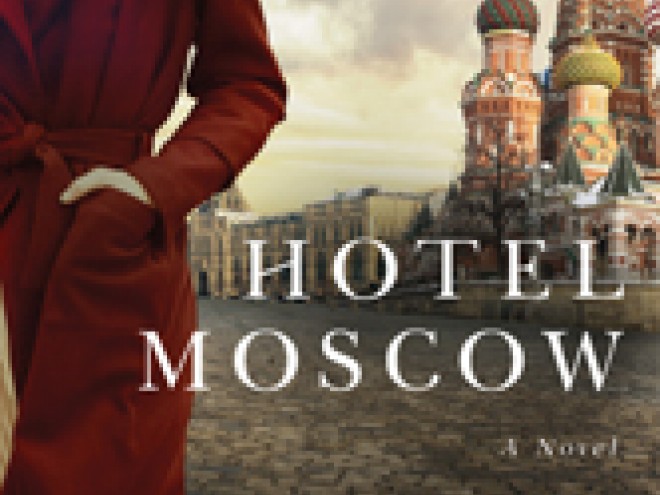Dina Porat, professor of contemporary anti-Semitism at Tel Aviv University, and associated with Yad Vashem, has written extensively on Zionism and the Holocaust. This collection of essays offers the perspectives of the Yishuv (pre-state Israel) leadership and public mainly from the late 1930’s through the early 1990’s.
Porat, a gifted and thorough researcher, has consulted archives that have recently become available. She tackles vexing question, such as: [What did] the Yishuv know and do to save European Jewry and later to absorb survivors? She critiques both religious anti-Zionists and post-Zionist secular historians. Answering charges of deliberate inaction based on negative attitudes toward the Diaspora, the author concludes that the Yishuv was relatively helpless. In the midst of a world war, restrained by Allied priorities, and hobbled by the British Mandate, the Yishuv lacked clear information, political influence, and funding to affect a mass rescue. Porat charts the development of a more inclusive definition of heroism under the Nazis among would-be rescuers and victims.
Porat profiles prominent Yishuv figures, such as David Ben Gurion, Martin Buber, and Moshe Shertok, who remained uncertain of whether enough Jews would survive to build the Zionist state. Several excellent selections deal with relations between youth movement members trapped in Europe and the movements’ leadership based in the Yishuv. Reports of efforts to save Europe’s last Jewries in the Balkans are heartbreaking. Porat effectively uses the Israeli literature of Natan Alterman and Abba Kovner as backdrops to her analyses.
For all it’s worth, this volume is difficult to read. The English is awkward. While some essays are carefully constructed, others appear to be hastily written. Most seriously, there is much repetition. In some instances, the author’s presentation in a 1, 2, 3, 4, 5 format is text book-like.





